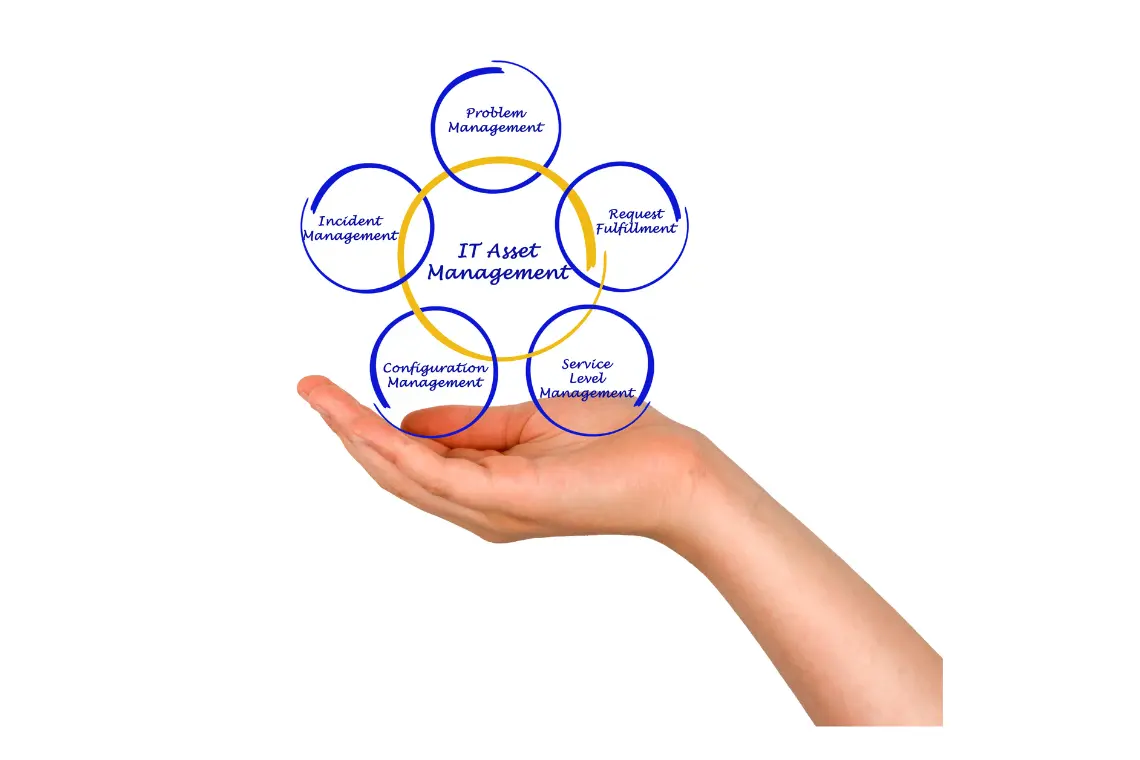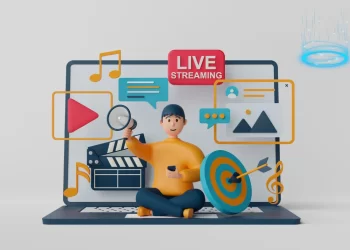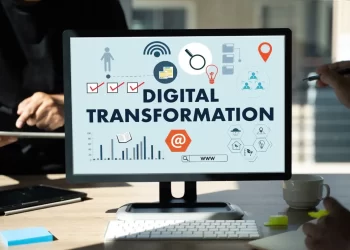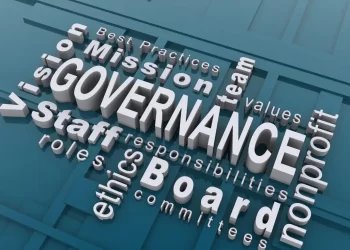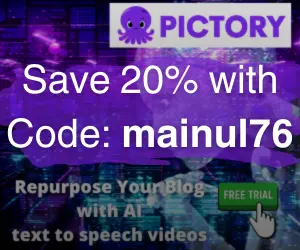IT management is a constantly changing field. To explore this complex field, we need a range of IT management tools and frameworks.
These IT management tools help us improve communication, streamline processes, and drive project success. This post will examine crucial IT management tools, popular frameworks, and common IT projects.
Table of Contents
Key IT IT Management Tools or Frameworks: PRINCE2, TOGAF, ITIL, and Scrum
Specific frameworks and IT management tools and approaches are crucial in IT management to improve the overall efficiency in leading teams and ensuring project success.
In this article, we will examine four IT management frameworks or tools — PRINCE2, TOGAF, ITIL, and Scrum — and understand why they are useful:
PRINCE2 (Projects IN Controlled Environments)
PRINCE2 is a process-oriented IT management tools that provides step-by-step project management guidance. It focuses on defined stages, regular reviews, and clear roles and responsibilities. These features make it a powerful tool for managing projects of all sizes. By utilizing PRINCE2, teams can better manage risks, control resources, and ensure the project aligns with business objectives.
TOGAF (The Open Group Architecture Framework)
TOGAF is an enterprise architecture framework. It provides an approach for designing, planning, implementing, and governing an enterprise information technology architecture. It helps organizations structure their IT operations. This can lead to increased efficiency, better alignment between technical and business units, and improved decision-making processes.
ITIL (Information Technology Infrastructure Library)
ITIL is a set of best practices that help organizations align IT services with business needs. It offers detailed recommendations for service, incident, and change management. By adopting ITIL, companies can improve their service delivery, enhance customer satisfaction, and ensure continuous improvement in IT service management.
Scrum
Scrum is an agile framework most commonly used in software development. It emphasizes iterative progress, flexibility, and collaboration. Scrum promotes transparency and enables teams to adapt quickly to changes. This makes it particularly useful in environments where project requirements are likely to change.
PRINCE2 Principles
PRINCE2 is based on seven core concepts that guide the entire process. Understanding these concepts can help you apply PRINCE2 effectively and successfully to deliver projects.
Continued Business Justification
A PRINCE2 project must always make business sense, with a clear return on investment. The project team continually monitors and reassesses the project’s viability at critical stages.
Learn from Experience
PRINCE2 emphasizes taking lessons from previous projects. PRINCE2 encourages project teams to use lessons from previous work to inform current and future initiatives.
Defined Roles and Responsibilities
Every member of a PRINCE2 project team has a defined role and set of responsibilities. This ensures everyone understands what they must do and who they must collaborate with, promoting an accountability and collaborative culture.
Manage by Stages
PRINCE2 breaks projects down into manageable stages. This allows for better control and management of risks and ensures that the project remains focused on its objectives.
Manage by Exception
PRINCE2 tracks a project’s progress against its plan and escalates any deviations to senior management. This allows for efficient use of management time.
Focus on Products
PRINCE2 emphasizes the project’s end product. It clearly defines the project’s output and builds the project plan, timelines, and resources around delivering it.
Tailor to Suit the Project Environment
PRINCE2 is not a one-size-fits-all methodology. It’s designed to suit each project’s specific needs and context.
How PRINCE2 Can Enhance Your Project Success
PRINCE2’s universal applicability has led to its adoption across various sectors. Here are some real-world applications to illustrate how PRINCE2 can enhance project success:
IT Infrastructure Upgrade
When a global corporation plans to upgrade its IT infrastructure, it turns to PRINCE2. They managed the project in stages and ensured the correct implementation of each upgrade phase before moving to the next. Continued business justification ensured the upgrade aligned with business goals, delivering a return on investment.
Event Management
A large music festival used PRINCE2 principles to streamline its event planning. With clear roles and responsibilities, each team knew what they needed to do, leading to effective coordination and a successful event.
Hospital Construction
A government project to build a new hospital used PRINCE2 to manage by exception. This principle allowed efficient use of management time, focusing on issues that needed resolution and delegating tasks as required. It helped the project stay on time and within budget.
New Product Development
A technology company used PRINCE2 to guide the development of a new product. Focusing on the end product helps to create a high-quality, market-ready product.
Non-profit Projects
Even non-profit organizations benefit from PRINCE2. A charity organization used PRINCE2 when planning a fundraising campaign. Learning from experience helped them avoid past mistakes and ensure a successful campaign.
PRINCE2 Themes
PRINCE2 themes provide insights into how to manage the project. The seven themes are:
Business Case
This theme involves establishing a justified investment in the project, ensuring that it is desirable, viable, and achievable.
Organization
The organization theme defines and establishes the project’s structure of accountability and responsibilities (the who?).
Quality
This theme defines the approach to ensure that the project’s products are fit for purpose (the what?).
Plans
This theme facilitates communication and control by defining the means of delivering the what? (the how, how much, and when?).
Risk
This theme addresses how project management can handle uncertainties.
Change
The change theme identifies, assesses, and controls any potential and approved changes to the baseline.
Progress
This theme encompasses the ongoing viability of the plans, and it provides mechanisms to monitor and compare actual achievements against those planned.
PRINCE2 Processes
PRINCE2 methodology is process-based, providing a step-by-step guide to successful project delivery. The seven processes are:
Starting Up a Project
This process requires preparing the project before officially starting it.
Initiating a Project
This process involves gathering the information required to start the project soundly.
Directing a Project
This process targets the board, providing key decision points throughout the project.
Controlling a Stage
This process involves monitoring and controlling the project stages.
Managing Product Delivery
This process controls the liaison between Project Manager and Team Manager(s).
Managing a Stage Boundary
This process ensures the project stays focused as it transitions from one stage to another.
Closing a Project
This process wraps up the project and ensures the team meets all objectives and formally closes the project.
An Excerpt from the “Risk Theme”
The risk theme in PRINCE2 deals with uncertainty in the project. This uncertainty can be a threat (negative) or an opportunity (positive).
Risk management in PRINCE2 involves identifying, assessing, and controlling risks. It requires expecting risks, setting up countermeasures, and reducing their impact.
For example, if a critical team member leaves the project, a countermeasure could be cross-training another team member to take over their duties.
An opportunity might be a potential partnership that could speed up a project stage. Exploiting this opportunity could involve dedicating resources to develop the partnership.
Thus, the risk theme is all about balancing potential threats and opportunities and being prepared for the uncertainties inherent in any project.
Scrum
Scrum is an Agile framework initially designed for managing and developing products. It finds application in various fields, including software development, research, sales, and marketing. It emphasizes teamwork, iterative progress, and customer feedback.
Scrum breaks down complex projects into smaller, manageable parts called sprints. Each sprint is typically 2-4 weeks long, and the goal of each sprint is to create a potentially releasable product increment.
A Scrum team comprises three roles:
- Product Owner: The Product Owner maximizes the product’s value, managing the product backlog, and ensuring the team’s efforts to achieve the project goals.
- Scrum Master: The Scrum Master ensures the team adheres to Scrum principles. They facilitate communication, cooperation, and productivity.
- Development Team: The Development Team delivers potentially releasable product increments at the end of each sprint.
How PRINCE2 and Scrum IT Management Tools Could Interact?
PRINCE2 and Scrum can interact and complement each other in a hybrid model that combines the structure and governance of PRINCE2 with the flexibility and adaptability of Scrum. Here’s how they might work together:
Governance and Flexibility
PRINCE2 provides a robust framework for project governance, defining clear roles, responsibilities, and processes for managing a project from initiation to closure. Scrum’s foundation lies in continual iteration and adaptability to change, enabling it to bring the flexibility needed in software development or other complex projects.
Planning and Execution
PRINCE2’s detailed upfront planning and risk management could work well for establishing the project’s scope, deliverables, and timeline. Once this initial setup is complete, the project can switch to Scrum mode for execution. It will use sprints to develop and deliver product increments. This allows for regular feedback and the ability to adapt to changes, especially useful in projects where requirements can change over time.
Roles and Responsibilities
You can integrate PRINCE2’s clearly defined roles with Scrum roles. For example, the PRINCE2 Executive could align with the Product Owner’s role in Scrum. The PRINCE2 Project Manager could take on aspects of the Scrum Master’s role. The PRINCE2 team could operate as the Scrum Development Team during the execution phase.
Quality and Change Control
PRINCE2’s focus on quality and change control can add value to Scrum’s iterative approach. PRINCE2’s processes could help manage and control any changes during Scrum’s sprint-based development. This ensures they align with the project’s objectives and case.
Choosing the Right Framework for Your IT Project
Selecting the project management framework for an IT project is crucial because it has a significant impact on its success. Here are some key considerations to guide you in this process:
Understand Your Project’s Nature and Complexity
Not all IT projects are identical. A simple website redesign might require a different framework than developing a complex software system. Understanding your project’s scale, complexity, and technical requirements can guide you in choosing a suitable framework.
Consider Your Team’s Expertise and Experience
Consider your team’s familiarity and comfort level with a particular framework. If your team has extensive experience with Scrum, switching to a completely different framework might not be helpful. Only switch if the project requirements cause it.
Evaluate Your Stakeholders’ Involvement
Some frameworks, like Agile, require a high level of stakeholder involvement and frequent feedback. Others, like Waterfall, are more linear and require less frequent stakeholder input. Assess the level of stakeholder engagement that is workable for your project.
Assess Your Risk Tolerance
Different frameworks offer varying degrees of flexibility and control. Agile methodologies allow for more flexibility and adaptability to change, but may come with increased uncertainty. More traditional frameworks like Waterfall provide a simple structure and predictability but may need to be more adaptable to change.
Consider Your Timeline and Budget
Time-bound projects with a fixed budget may benefit from a more linear and controlled framework, like Waterfall or PRINCE2. In contrast, if you have flexibility and timeline for your projects, Agile frameworks are best.
Flexibility and Adaptability
In today’s rapidly changing tech environment, adapting to changing requirements and unforeseen challenges is crucial. With their iterative approach and focus on continuous improvement, agile methodologies can offer significant advantages.
Are Management Frameworks “Memes”?
“Meme” is a term referred by evolutionary biologist Richard Dawkins in his 1976 book, “The Selfish Gene.” Dawkins used it to describe an idea, behavior, or style that spreads within a culture.
Can we consider management frameworks ‘memes’ by this definition?
In a broad sense, we can see management frameworks as memes. They are ideas or practices that spread within the business culture because they solve common challenges. They also offer a systematic approach to managing complex tasks.
Take Scrum, for example. It started as a specific approach to software development. Since then, it has spread throughout various industries, morphing to fit different contexts and cultures.
It has become a meme in the sense that it’s a shared idea that replicates and grows as it spreads across different organizations and sectors.
However, it’s important to note that these management frameworks, while meme-like in their spread, are much more than mere fads or trends.
Their grounding in theory and research, along with their widespread adoption, testifies to their effectiveness in solving real-world management problems.
Organizations should adopt management frameworks with care and tailor them to their specific needs and context. Instead of adopting memes with little thought or critical analysis, they should ensure the framework fits their unique situation.
Unthinkingly following a management framework without understanding its applicability can lead to suboptimal results.
Conway’s Law
Computer programmer Melvin Conway coined Conway’s Law in 1967. It states, “Any organization that designs a system (defined broadly) will produce a design whose structure is a copy of the organization’s communication structure.”
Conway’s Law suggests that the organization of a company’s teams will significantly influence the design and architecture of its products.
For instance, if an organization has separate teams for front-end and back-end development, the final product will probably reflect that separation.
It highlights the need for communication and collaboration across different parts of an organization.
Reverse Conway Maneuver
The Reverse Conway Maneuver is a strategy some organizations employ to counteract the potential downsides of Conway’s Law.
This maneuver involves restructuring the organization to match the desired architecture of the system.
For example, if you want a software system to have a microservices architecture, you might structure your teams around different services.
The Reverse Conway Maneuver aligns team structures with the desired architecture. This approach helps develop a system architecture that best suits the product’s needs.
An organization can better influence the structure and design of its products by consciously shaping how teams form and interact. This approach helps the organization meet its objectives more effectively.
Conway’s Law and the Reverse Conway Maneuver both highlight the important link between organizational structure and system design. This relationship is crucial in software development and other areas.
They underline the importance of organizational design and communication in delivering effective systems.
Final Thoughts
As we move further into the digital era, the role of IT management continues to grow. The IT management tools and frameworks we’ve discussed are just the beginning.
Artificial intelligence, machine learning, and blockchain technology are emerging trends. These technologies will reshape the IT arena and provide new IT management tools for managing IT resources.
As IT becomes increasingly central to business operations, effective IT management will be more critical than ever.
By understanding and implementing the right frameworks, IT managers can successfully navigate IT projects. This helps drive their organizations toward success in the dynamic, digital world.
Continuous learning and adaptation are the keys to success in a rapidly changing tech environment.
🚀 Before You Go:
- 👏 Found this guide helpful? Give it a like!
- 💬 Got thoughts? Share your insights!
- 📤 Know someone who needs this? Share the post!
- 🌟 Your support keeps us going!
💻 Level up with the latest tech trends, tutorials, and tips - Straight to your inbox – no fluff, just value!


